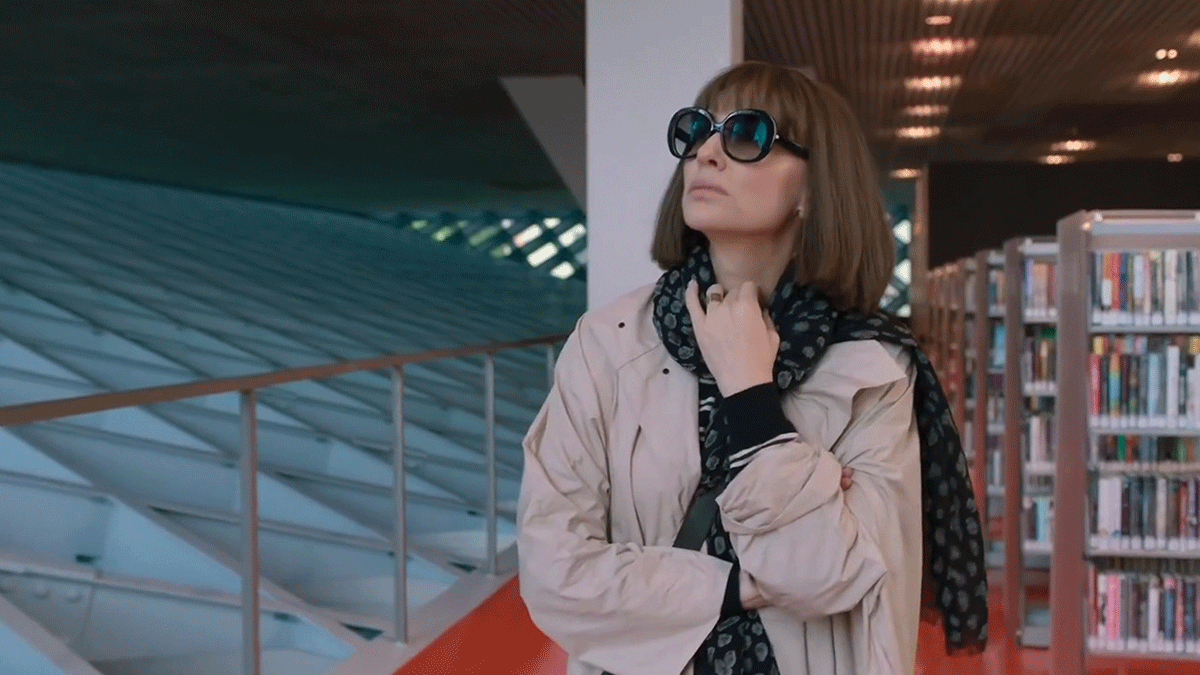Review: Where'd You Go, Bernadette?
Richard Linklater’s adaptation of the critically-acclaimed 2012 novel Where’d You Go, Bernadette may have been more aptly named Where’s the mystery, the humor, the charm found in Maria Semple’s source material? The consensus among critics seems to be that Bernadette is an anomaly among Linklater’s other successful films, including 2014’s Boyhood.
Titular character Bernadette Fox is one of the most complex, three-dimensional women brought to life through novel or the big screen in recent years, but she’s one of the only redeeming factors in this lackluster movie. It’s incredibly refreshing to see a middle-aged woman — especially a mother — portrayed as independent and possessive of her own motives and decisions, while still remaining a pillar of selflessness for her family. A famed architect at her prime, Bernadette resists settling into her suburban Seattle life, citing an incessant list of annoyances as justification. Atop of this list sits a group of local moms that Bernadette deems the “gnats.” Elgin Branch, Bernadette’s husband and Microsoft-employed tech genius, appears perfectly suited to a white-picket-fence style of life. As Bernadette continues to isolate herself from her surroundings, even employing a virtual Indian assistant to run basic errands for her family, Elgin’s concern with her inability to adapt burgeons. Elgin and Bernadette’s relationship is complex and tumultuous at times, but ultimately it’s rooted in their love for daughter Bee, a mature, intelligent eighth grader. Bee’s unique love for and understanding of her mother takes center stage in this story about forgiveness and family, the roots of identity, and artists’ inherent need to create.
Perhaps the movie’s greatest downfall is that it doesn’t do anything with Semple’s novel. Her dramedy is original in conception: the novel is composed of a string of chronological series of emails, invoices, and snippets of other unconventional literary forms. Obviously, the platform of film prohibits this sort of written invention, but Linklater does manage to translate some of the novel’s best segments to the screen. Cate Blanchett positively shines as a fed-up Bernadette dictating an email to virtual assistant Manjula, Laurence Fishburne delivers one of the novel’s most poignant emails as a monologue over lunch, and childish, pretentious emails between “gnats” Soo-Lin and Audrey manifest as middle school curb-side gabfests. These are wins for the director, a well-known champion of film invention, but unfortunately, the sum of many ordinary scenes just doesn’t compare to the novel’s dynamic nature.
When the film dives into Bernadette’s elusive past as an architect, though, this translation from text to screen falters. After a fan spots her in public and expresses her admiration for Bernadette’s work, citing a YouTube video as her source of information, Bernadette searches up the video in an insomnia-induced craze. What follows is a sort of film-within-a-film, a PBS-style interview compilation of various figures from Bernadette’s architecture career. But this portion of the film is long with only momentary breaks for the camera to flip toward Bernadette’s somber, stricken expression. Mostly, the segment feels like a lazy info dump that conveniently reveals a big chunk of information all at once. I’m partial to believe that Bernadette’s mysterious past would be more compelling if slowly unraveled.
Just as Linklater quashes much of the story’s mystery, especially concerning the matter of Bernadette’s disappearance, he also manages to wring the humor out of the novel’s funniest scenes. Kristen Wiig is criminally underutilized as Audrey, a mom hellbent on recruiting so-called “Mercedes parents” to send their kindergartners to Galer Street school. She butts heads with Bernadette over the latter’s blackberry bushes, which Audrey claims are growing into her property and impeding the growth of her various home gardens. Bernadette complies with a pinch of characteristic sass, but hangs a billboard warning “gnats” against trespassing onto her property. In the middle of Audrey’s meticulously planned brunch to sway rich families toward Galer Street, a cruel twist of what should be hilarious irony sends Bernadette’s muddy hillside and threatening billboard sliding into Audrey’s living room, terrorizing a choral group of kindergartners. In the novel, we learn about this disaster through a child psychologist’s email to Galer Street parents, warning that their kindergartners may experience PTSD in the mudslide’s wake. It’s comically overwritten, but in the film, there’s a lack of this hysterical hyperbole. Something’s missing.
But maybe, having read the novel a week before heading to theaters, my inner monologue of comparisons hindered my viewing experience. After all, the film only sought to adapt Semple’s story to the screen, not relay the novel verbatim. I find it interesting that my friend, who had not yet read the novel, thoroughly enjoyed the film (though she attributes much of this enjoyment to the dynamic set — to Linklater’s credit, his film beautifully visualizes Semple’s imagined architecture and artistry). Considered as a standalone, Where’d You Go Bernadette succeeds in more than a few regards. It boasts a compelling story carried out by a capable, star-studded cast. Particularly, Blanchett beautifully brings Bernadette’s eccentricity and vibrancy to life, giving a layered and captivating performance that buoys the otherwise disappointing film. However, as an adaptation, Where’d You Go, Bernadette ultimately fails to elevate its source material and justify its own creation.
